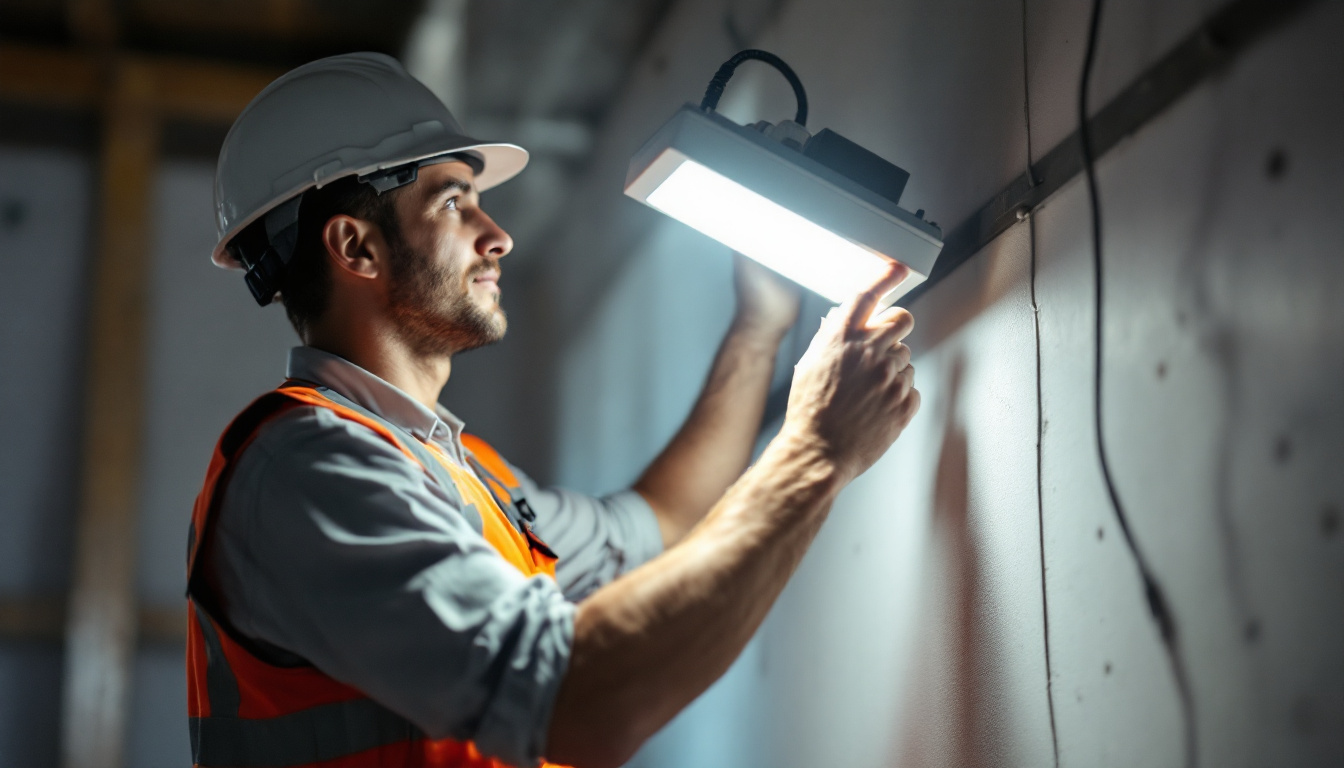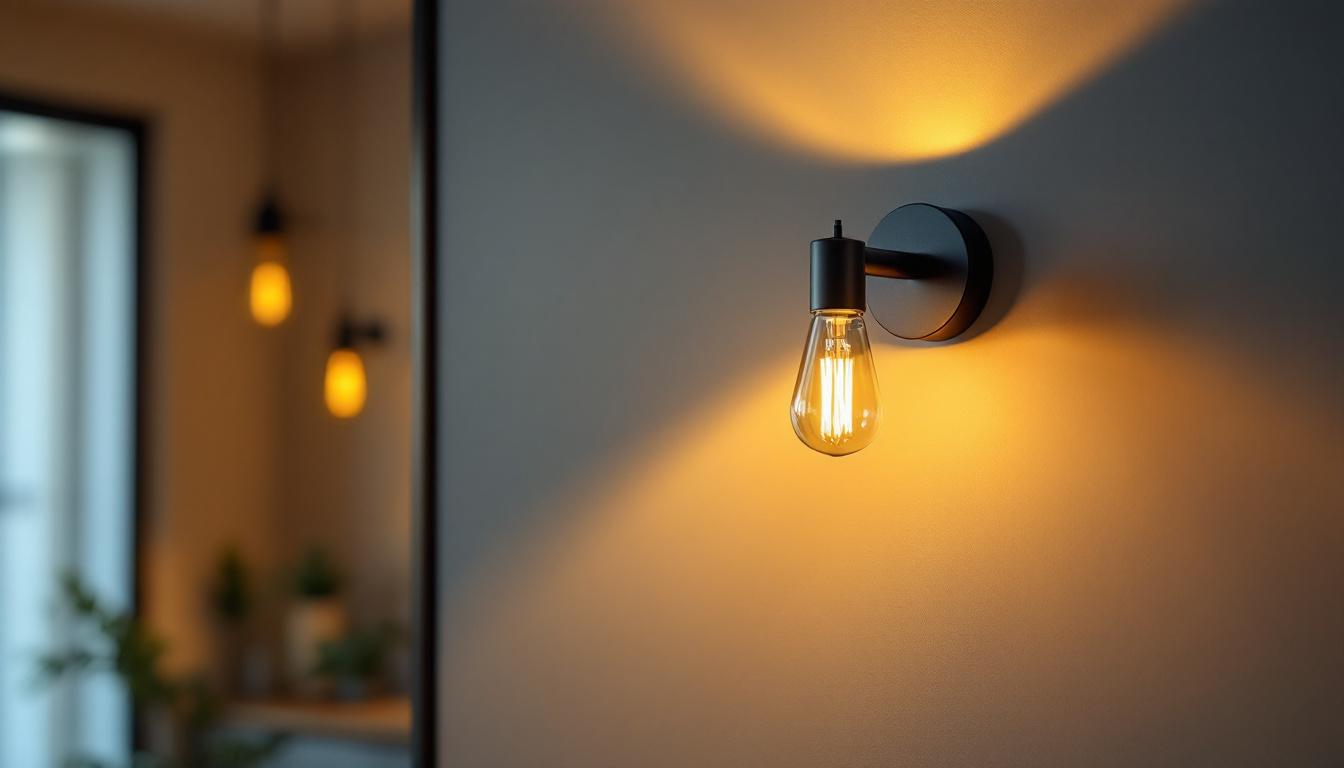
As the lighting industry continues to evolve, the shift from traditional fluorescent bulbs to LED technology has become increasingly prominent. For lighting contractors, understanding this transition is essential not only for staying competitive but also for providing clients with the most efficient and sustainable lighting solutions. This comprehensive handbook will guide you through the benefits, considerations, and practical steps for replacing fluorescent bulbs with LED alternatives.
One of the most significant advantages of LED bulbs is their energy efficiency. LEDs consume significantly less power than fluorescent bulbs, often using up to 75% less energy. This reduction in energy consumption not only translates to lower electricity bills for clients but also contributes to a smaller carbon footprint, making it an attractive option for environmentally conscious consumers.
Moreover, the longevity of LED bulbs means that they require less frequent replacements, further reducing the overall energy footprint associated with manufacturing, transporting, and disposing of lighting products. For contractors, this presents an opportunity to market energy savings as a key selling point. The financial benefits extend beyond just the immediate savings; many regions offer incentives and rebates for adopting energy-efficient technologies, making the transition to LED even more appealing for both residential and commercial clients.
LED technology has advanced remarkably, offering a range of color temperatures and improved color rendering capabilities. Unlike fluorescent bulbs, which can produce a harsh, flickering light, LEDs provide a more consistent and pleasant illumination. This quality of light enhances the aesthetics of spaces, making them more inviting and functional.
Furthermore, with the ability to adjust color temperatures, contractors can tailor lighting solutions to suit specific environments, whether it be a warm, cozy atmosphere for residential settings or a bright, vibrant environment for commercial spaces. This adaptability not only enhances the mood of a room but can also impact productivity in workplaces. Studies have shown that the right lighting can improve focus and reduce eye strain, making LED lighting an ideal choice for offices and educational institutions.
LED bulbs are known for their durability. Unlike traditional fluorescent bulbs, which can be fragile and prone to breakage, LEDs are constructed with solid-state components that are more resistant to shocks, vibrations, and external impacts. This durability makes them ideal for a variety of applications, including high-traffic areas and outdoor settings.
Additionally, the longer lifespan of LED bulbs—often exceeding 25,000 hours—means reduced maintenance for clients. This not only saves time and effort but also minimizes the costs associated with frequent bulb replacements, making LED installations a more attractive long-term investment. In commercial settings, this reduction in maintenance can lead to significant operational efficiencies, allowing businesses to allocate resources to other critical areas. Furthermore, the heat generated by LEDs is considerably lower than that of traditional bulbs, which can reduce cooling costs in warmer climates and contribute to overall energy savings.
While the initial cost of LED bulbs may be higher than that of fluorescent options, it is crucial for contractors to perform a thorough cost analysis. The long-term savings associated with energy efficiency and reduced maintenance can offset the higher upfront costs. Presenting clients with a clear breakdown of potential savings over time can help justify the investment in LED technology.
Additionally, many regions offer incentives and rebates for switching to energy-efficient lighting solutions, which can further reduce the financial burden on clients. Staying informed about these programs can enhance the value proposition for contractors.
When replacing fluorescent bulbs with LEDs, compatibility with existing fixtures is a critical consideration. Some LED bulbs are designed to be direct replacements for fluorescent tubes, while others may require modifications to the fixture or the installation of a new ballast. Understanding the specific requirements of different LED products is essential for ensuring a seamless transition.
Contractors should also be aware of the various types of LED retrofits available, including plug-and-play options and those that require rewiring. Providing clients with clear guidance on what to expect during the installation process can help manage their expectations and lead to a smoother project.
LED technology allows for greater flexibility in light distribution compared to fluorescent bulbs. This flexibility enables contractors to design lighting solutions that meet the unique needs of each space. Understanding the principles of light distribution and how different LED products can achieve desired effects is essential for creating effective lighting designs.
Contractors should also consider the layout and architecture of the space when selecting LED products. Utilizing tools such as lighting design software can aid in visualizing the impact of different lighting configurations, ensuring that the final result meets both functional and aesthetic requirements.
Effective project planning is crucial for successful LED installations. Before beginning any project, contractors should conduct a thorough assessment of the existing lighting system. This includes evaluating the types of fixtures in use, the condition of the electrical infrastructure, and any potential challenges that may arise during the installation process.
Creating a detailed project timeline and checklist can help streamline the installation process, ensuring that all necessary materials and tools are on hand. This proactive approach minimizes downtime and enhances overall efficiency.
Safety should always be a top priority during any lighting installation. Contractors must adhere to local electrical codes and regulations, ensuring that all work is performed safely and to a high standard. This includes using appropriate personal protective equipment and ensuring that the work area is secure and well-lit.
Additionally, contractors should be aware of the potential hazards associated with handling electrical components and lighting fixtures. Proper training and awareness of safety protocols can help mitigate risks and protect both the contractor and the client.
Once the installation is complete, thorough testing is essential to ensure that the new LED system operates as intended. This includes checking for proper light output, color temperature consistency, and any flickering or dimming issues. Conducting a quality assurance check not only ensures client satisfaction but also helps identify any potential issues that may need to be addressed.
Providing clients with a detailed report of the installation and testing process can enhance their confidence in the work performed and establish a foundation for future projects.
For many clients, the transition from fluorescent to LED lighting may be unfamiliar. Contractors play a crucial role in educating clients about the benefits of LED technology, emphasizing energy savings, improved light quality, and reduced maintenance costs. Providing clear, accessible information can help clients make informed decisions about their lighting options.
Utilizing visual aids, such as before-and-after comparisons or case studies, can further illustrate the advantages of LED installations. Demonstrating real-world examples of successful projects can help clients envision the potential benefits for their own spaces.
Every client has unique lighting needs and preferences. By offering customized LED solutions tailored to individual requirements, contractors can differentiate themselves in a competitive market. This may involve conducting site assessments, understanding the client’s vision, and recommending specific products that align with their goals.
Additionally, providing options for smart lighting controls and integration with existing systems can enhance the appeal of LED solutions, showcasing the versatility and modernity of the technology.
Establishing long-term relationships with clients is essential for sustained success in the lighting industry. Following up after installations to ensure client satisfaction and address any concerns can foster trust and loyalty. Offering maintenance services or periodic check-ins can also position contractors as reliable partners in their clients’ lighting journeys.
By prioritizing customer service and communication, contractors can create a positive experience that encourages repeat business and referrals, ultimately contributing to their growth and success.
The LED lighting industry is constantly evolving, with new technologies and trends emerging regularly. One notable trend is the integration of smart lighting solutions, which allow for greater control and customization of lighting environments. This includes features such as dimming capabilities, color changing, and remote access via smart devices.
Contractors should stay informed about these advancements and consider how they can incorporate them into their offerings. This not only enhances the value of their services but also positions them as forward-thinking professionals in the industry.
As sustainability continues to be a priority for consumers, the environmental benefits of LED lighting will play a significant role in shaping the future of the industry. Contractors can leverage this trend by emphasizing the eco-friendly aspects of LED technology, including reduced energy consumption and lower waste generation.
By aligning their services with sustainability goals, contractors can attract environmentally conscious clients and contribute to a more sustainable future for the lighting industry.
The lighting industry is dynamic, and contractors must be willing to adapt to changes and advancements. Continuous learning through workshops, certifications, and industry events can help contractors stay ahead of the curve and enhance their expertise.
By embracing a mindset of lifelong learning and adaptability, contractors can ensure their relevance in an ever-changing market, ultimately benefiting both their business and their clients.
The transition from fluorescent to LED lighting presents a wealth of opportunities for lighting contractors. By understanding the benefits, considerations, and best practices associated with LED installations, contractors can position themselves as trusted experts in the field. As the industry continues to evolve, staying informed and adaptable will be key to success.
Ultimately, embracing LED technology not only enhances the quality of lighting solutions but also contributes to a more sustainable and energy-efficient future. By guiding clients through this transition, contractors can build lasting relationships and thrive in a competitive market.
Ready to lead the charge in the LED revolution and elevate your lighting projects? LumenWholesale is your partner in success, offering an unbeatable combination of quality, affordability, and convenience. Our spec-grade lighting products set the standard for excellence, and with our direct-to-contractor pricing, you’re guaranteed the best value in the industry. Say goodbye to middlemen and hidden costs, and hello to hassle-free bulk buying with free shipping. Make the smart choice for your business and your clients. Wholesale Lighting at the Best Value is just a click away. Transform your lighting solutions with LumenWholesale today.

Explore the essential insights into industrial ceiling light fixtures with answers to lighting contractors’ most common questions.

Discover the key challenges lighting contractors face when implementing LED solutions in warehouses.

Discover the frequent pitfalls lighting contractors face when working with the Vale Engineered Lighting Veln-8Ft-80W.

Explore how black wall lights can enhance energy efficiency in your home.